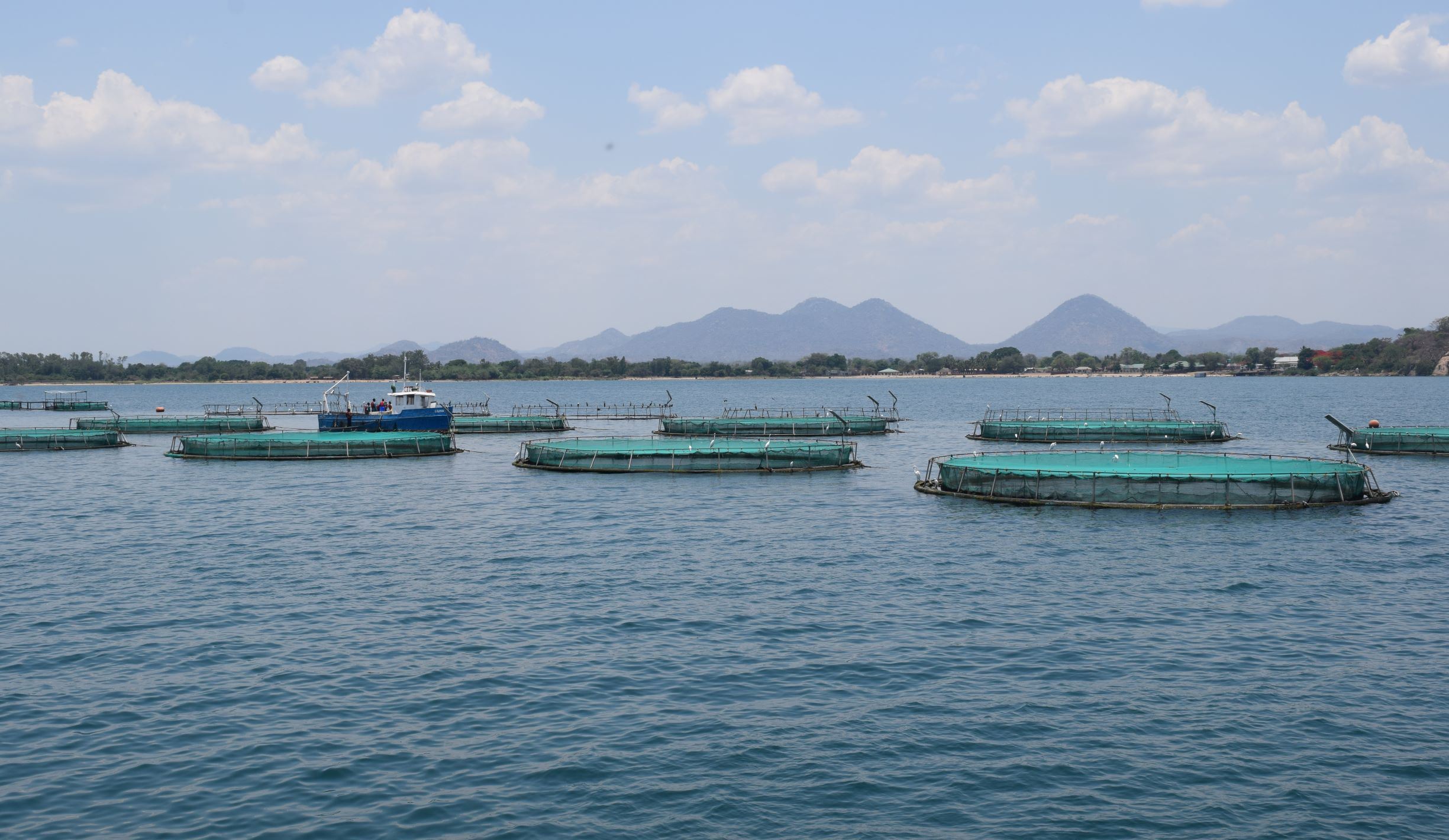Maize production down by 5.6%
Maize production has dropped by 5.6 percent in the 2022/23 season to 3.5 million metric tonnes (MT) from 3.71 million MT in the 2021/22 season.
Ministry of Agriculture Principal Secretary Dickxie Kampani in a statement yesterday attributed the decline to unfavourable weather conditions, particularly in the Southern and Northern regions and reduced uptake of farm inputs.
He said: “Maize production has declined this year due to the combined effects of reduced inputs uptake and use which resulted in reduced area planted and yield coupled by unfavourable weather conditions of floods, mainly, in the Southern Region and dry spells, specifically in the Northern Region District of Karonga.”
Cyclone Freddy, which made a landfall in southern Malawi on March 12 this year, triggered heavy rains, mudslides and floods which washed away crops as well as other infrastructure.
The cyclone came barely a month after the Ministry of Agriculture had projected that the country would have a maize surplus of 360 000 MT.
In the second round of crop production estimates report, the ministry projected that the country would produce 3.56 million MT of maize against the national requirement of 3.2 million MT.

But Kampani, in the statement, said to effectively respond to areas of food deficit, the government has in stock 68 420 MT of maize kept by the National Food Reserve Agency (NFRA) while the Agricultural Development and Marketing Corporation (Admarc) has 15 960 MT.
He said in addition to these stocks, government will further procure about 42 000 MT of maize for the strategic grain reserves (SGRs) using K12 billion from the national budget as well as funds in the Contingency Emergency Response Component through the Agricultural Commercialisation Project and African Risk Capacity Insurance payout funds.
“The ministry’s maize price surveillance system shows that the current maize national average price for the month of June 2023 was K506 per kilogramme [kg] which was slightly above the set minimum farm gate price for maize of K500 per kg.
“The ministry will continue to monitor the price trends and inform any policy response actions to ensure the nation is food secure,”Kampani further said.
Lilongwe University of Agriculture and Natural Resources agriculture economist Horace Phiri in an interview yesterday said the reduced maize production was expected.
He said: “It means that this year’s harvest will barely meet consumption needs. Fortunately, in some areas we still have maize from last year’s harvest.”
But Phiri suggested that there is need to ensure the country minimises post-harvest losses. He said pesticides and other technologies should be available and affordable so that the maize that was harvested is preserved.
He said while this is being done, export controls should be strengthened so that maize should be kept within.
Phiri further said there will be need to implement safety net programmes that will support food consumption for vulnerable populations both in rural and urban areas.
“There is need to support farmers for next season. In disaster hit areas, support beyond the Affordable Inputs Programme is required to restore farmers productive capacity,” he said.
Agriculture policy expert Tamani Nkhono Mvula in a separate interview yesterday said the maize production decline is not a good sign for the country.
He said: “If we are having a reduced output it is not a good sign because it is pointing to one thing that the country will experience hunger.
“There will be a lot of families that are going to have reduced food entitlements because if we compare last year, back then we had a better output than now.”
A March 23 2023 report by the Famine Early Warning Systems Network (Fewsnet) indicated that crop production deficits, especially in the Southern and Northern regions, would remain key drivers of acute food insecurity.
The report further stated that the situation would be further compounded by high prices for food and basic non-food commodities.
In April 2023, a preliminary report by the Farmers Union of Malawi indicated that Cyclone Freddy washed away 15 000 hectares of crops.





